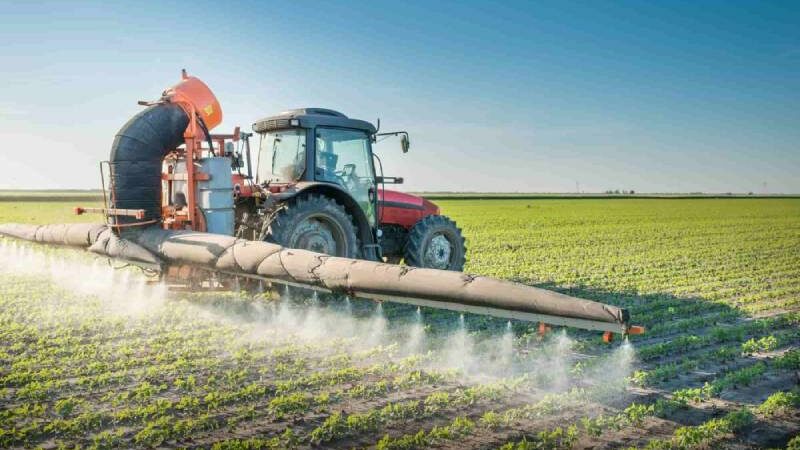Agriculture, considered the backbone of human civilization, is undergoing a major transformation. Population growth, climate change and changing consumer preferences are changing the way food is produced. The United Nations predicts that by 2050, the world’s population will reach 9.7 billion people, making it urgent to increase agricultural production to meet the nutritional needs of this growing population. The Food and Agriculture Organization (FAO) estimates that to provide enough food for everyone, food production will need to increase by 70% by 2050.
Furthermore, investments in agriculture have been found to be more effective in reducing poverty compared to investments in other sectors. According to the World Bank, investments in agriculture are two to four times more effective at lifting people out of poverty than investments in other sectors. Agriculture is the main driver of economic growth, accounting for 4% of global GDP. In developing countries, this value can reach up to 25% of GDP.
Look at the 5 countries with the highest population density in agriculture.
5. Bangladesh
Agricultural population density (per hectare): 8.9
Bangladesh ranks fifth in the list of countries with the highest agricultural population density. Bangladesh is the world’s leading exporter of raw jute. The agricultural portfolio also includes key products such as wheat, pulses (including beans, peas and lentils) and oilseeds. Additionally, Bangladesh also produces sugarcane, tobacco, and various fruits such as mangoes and bananas.
4. Nepal
Agricultural population density (per ha): 10.6
Nepal is a landlocked country in South Asia. Nepal’s economy is centered on agriculture, with more than 70% of households engaged in agriculture. The Terai region is suitable for crop cultivation, and the mountains and hilly areas are suitable for fruit trees and livestock farming. Among other agricultural products in Nepal, rice, maize, and wheat are the major grains.
3. Oman
Agricultural population density (per ha): 12.9
Oman is a country in West Asia. Oman’s agricultural market is estimated to be worth $2.24 billion in 2024. Crops grown include fruits such as dates, limes, coconuts, papaya, mangoes and bananas, and vegetables such as cucurbits, garlic, onions and tomatoes. Crops such as wheat, barley, maize, sorghum, cowpeas, alfalfa, and Rhodes grass are also grown on large areas. Oman ranks third in the list of countries with the highest agricultural population density.
2. Seychelles
Agricultural population density (per hectare): 19
Most farms in Seychelles are relatively small, less than 2 hectares, and some households engage in backyard farming to supplement their food supply and income. there is. The main crops grown in Seychelles are coconuts, vegetables and bananas, which form the basis of the local diet. However, these islands also grow export crops, especially nuts and fruits, which provide income to the country. Animal production is focused on raising goats, pigs, and chickens, which further contributes to the country’s food security.
1. Djibouti
Agricultural population density (per hectare): 524.5
Djibouti has a significant amount of agricultural land (73.51% in 2021), but the country has a semi-arid climate and scarce freshwater We are facing a difficult resource situation. This limits agricultural practices to irrigation and seasonal farming. Tomatoes are a widespread crop that is mainly grown for home consumption. Date palms grow along coastal zones and provide another food source.
- Top 5 Health Insurance Stocks to Add to Your Portfolio - July 26, 2024
- 7 Reasons Edamame is Great for Your Health - July 26, 2024
- 2024 Paris Olympics: How Many US Athletes Are Competing? - July 26, 2024





